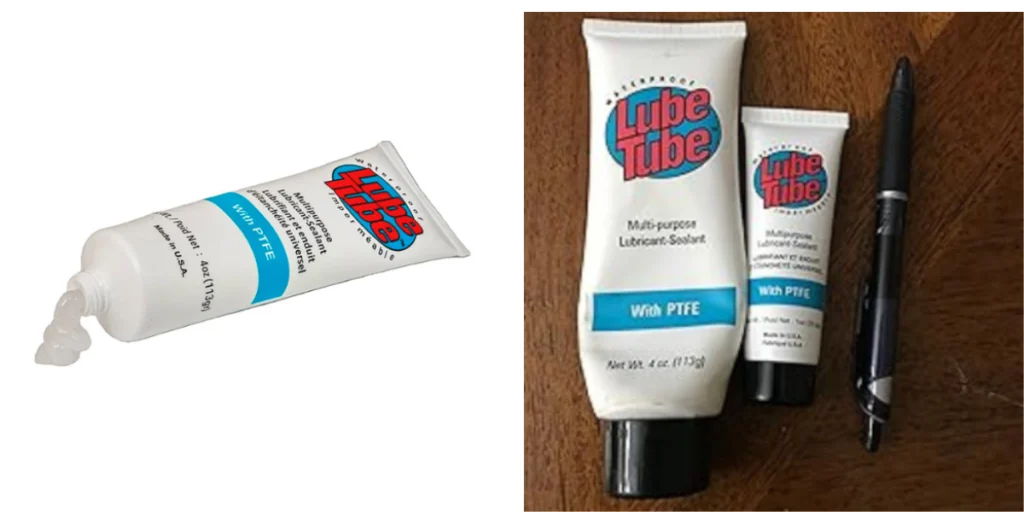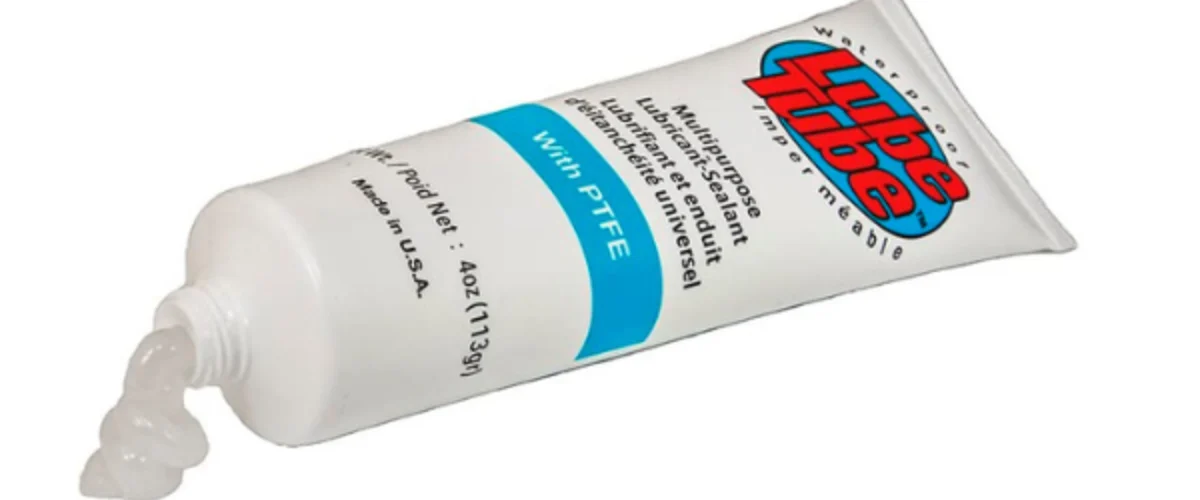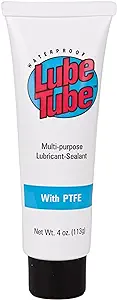The significance of appropriate lubrication in the complex realm of mechanical systems and machinery cannot be overstated. Lubricants are vital to machinery because they lower friction, ensure smooth operation, and prolong the life of certain parts. One brand sticks out among the many lubricant options available and this is Lube Tube.
What is a Lube Tube?
A high-end lubricating system called Lube Tube was created to satisfy the needs of automotive applications, industrial machines, and other industries. It was created by leading authorities in lubricating technology. It blends state-of-the-art technology with a user-friendly interface to provide optimal performance in a range of scenarios.
Description
Fundamentally, it is a centralized lubrication system that precisely dispenses oil to the machine’s most important parts. It is appropriate for a variety of applications, including heavy-duty manufacturing equipment and automobile assembly lines, due to its compact size and modular design.
Composition
Premium components that are long-lasting, resistant to corrosion, and suitable with a range of lubricants go into making Lube Tubes. The pump mechanism usually comprises of well-machined parts and well-built seals to ensure leak-free operation. The reservoir is made of stainless steel or durable plastics.
The distribution lines are built utilizing rigid piping or flexible tubing, depending on the needs of the application. The lubricant has a dependable path to its destination because of the high temperatures and pressures that fittings, connectors, and couplings must endure.
Specifications
- Capacity: The capacity of the reservoir ranges from 1 to 100 liters (about 26.42 gal), depending on the kind and requirements of the application.
- Operating pressure: Typically, it ranges from 1000 to 5000 psi, which is sufficient force to lubricate even the components that are very hard.
- Power Source: Their system can be powered by electricity, pneumatic pressure, or hydraulic pressure, depending on the application.
Features
- Precision Lubrication: They minimize waste and ensure optimal performance by accurately administering the appropriate amount of lubricant to crucial components.
- Modular design: The architecture makes them simple to scale and customize to fit different machinery layouts.
- Remote Monitoring: The most advanced version come equipped with features that let users keep an eye on the performance of their systems and the level of lubricant in real-time.
- Easy Installation: Their systems are designed to be easy to install, which minimizes operating disruption and downtime.
- Compatibility: It is compatible with a wide range of lubricants, including oils, greases, and specialist formulae, making it suitable for several applications.
Usage
- Manufacturing: They lower maintenance costs and downtime by ensuring smooth operation and extending the lifespan of machines in industrial applications.
- Automobiles: They are perfect for car assembly lines because frequent lubrication is necessary to guarantee the longevity and efficiency of automobiles.
- Mining: They give lubrication to heavy machinery dependable in the demanding circumstances of mining operations, minimizing wear and tear, and increasing output.
- Agriculture: To guarantee peak performance and reduce downtime during the planting and harvesting seasons, lube tube systems are utilized in agricultural machinery.
How does it works?
A network of strategically positioned tubes or channels throughout the machinery forms the foundation of the Lube tube system. These tubes are connected to a central control unit, which controls the flow of lubricant based on preset parameters. The system might also have sensors and monitors to give real-time feedback on temperature, lubricant levels, and other important factor
Pros
- Easy to apply.
- Prevents waste and mess.
- Compact and travel-friendly.
Cons
- May not suit all preferences.
We get commissions for purchases made through links in this post. View our Affiliate Disclaimer
Comparison with other Lubricants
There are a few things to consider when contrasting Lube Tube with other lubrication methods available on the market. Let’s now compare Lube Tube to its competitors:
- Accuracy and Automation
Lube Tube is an automated precision service that specializes in accurately supplying the appropriate amount of petroleum to critical machine components, hence minimizing the risk of over- or under-lubricating. This degree of accuracy is lacking in manual procedures, which may cause inefficiencies and maintenance problems.
- Installation Difficulty
The decentralized nature of Lube Tube makes installation easier than with centralized lubrication systems. Centralized systems might be more expensive and harder to install since they need a lot of piping and infrastructure.
- Environmental Impact
Unlike most lubrication systems that release contaminants into the air, a Lube tube delivers oil straight to the place of application without creating mist, creating a cleaner and safer working environment. Consequently, the likelihood of environmental pollution and associated health hazards is reduced.
- Efficiency of Maintenance
Compared to conventional manual lubrication systems, lube tubes reduce the requirement for human lubrication operations, which reduces labor costs and maintenance time. Its automated functioning also extends the life of machines and maximizes maintenance schedules.
- Cost-effectiveness
The long-term cost-effectiveness of a Lube Tube system is evident, even though the initial cost may be higher than that of alternative manual lubricating procedures. Lube Tube offers a significant return on investment over time by reducing maintenance expenses, eliminating downtime, and extending the lifespan of industrial components. Additionally, because Lube Tube works with a wide range of lubricants, operators can choose cost-effective options without sacrificing performance.
Drawbacks of Lube Tube
Although we can get numerous benefits by using Lube Tubes it also has several disadvantages, which are described as follows:
- Initial Cost: Compared to certain manual lubrication techniques, purchasing, and installing a Lube Tube system may be more expensive at first. This can deter buyers on a limited budget.
- Dependency on Power Source: Lube tube systems require a power source to function, which in some circumstances may make installation and maintenance more challenging. Pneumatic, electrical, or hydraulic pressure could provide this power.
- Machinery Compatibility: While the Lube Tube is designed to be flexible and operate with a variety of machinery configurations, there are situations in which major adjustments are required to ensure appropriate system integration.
- Installation expertise is required: The Lube Tube is designed to be swiftly and simply installed, but its installation may still call for technical know-how, which could be challenging for operators with little to no prior system lubrication knowledge.
- Risk of Malfunction: Like any other mechanical system, lube tube systems can malfunction or fail. This can cause unanticipated downtime and call for urgent investigation and repair.
Conclusion
By precisely coating essential components with oil and automating the lubrication process, Lube Tube helps businesses improve productivity, dependability, and sustainability. Lube tube technology is anticipated to have a major impact on future industrial automation as demand for more durable and effective machinery increases. Overall, the Lube Tube is a significant advancement in lubrication technology, which offers a dependable and efficient way to increase industrial production while lowering maintenance costs.
Product Headline Goes Here
Product Headline Goes Here



